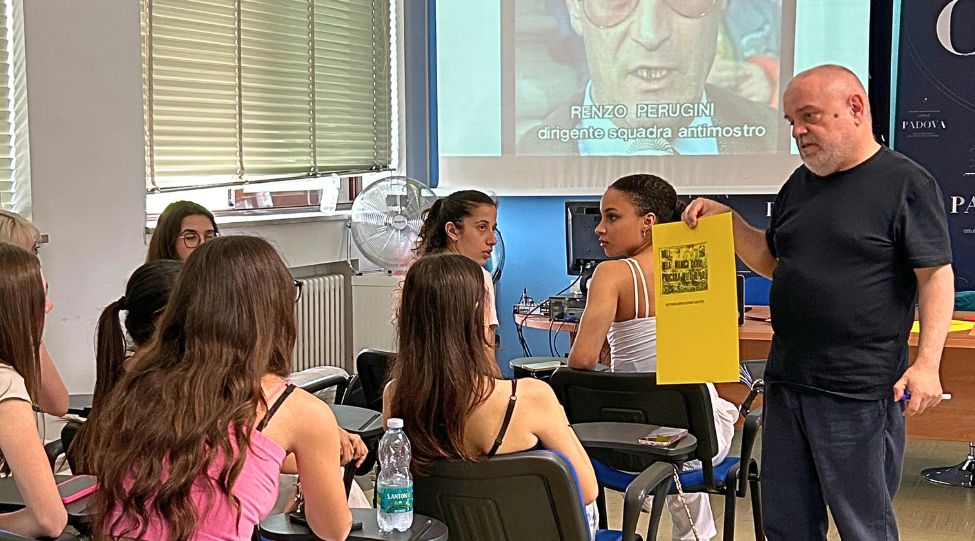The Monster of Florence: a case still open

The crimes of the Monster of Florence shook Italian news reports for almost two decades, and beyond, in one of the most sensational and still unsolved court cases.
Few Italian crime stories have had such a profound impact on the national collective imagination, and beyond, as that of the Monster of Florence.
THE CASE
Between 1968 and 1985, the peaceful Tuscan countryside was the scene of a series of eight double murders that deeply shocked Italian and international public opinion.
The modus operandi was the same. The young couples caught in intimate moments were all killed with the same weapon, a .22 calibre Beretta, and the women were further mutilated and tortured.
The investigations, which lasted for decades, involved dozens of suspects and led to trials, convictions and acquittals. They led to the arrest and conviction of Pietro Pacciani, who was later acquitted on appeal, and subsequently of the so-called “picnic companions”.
THE MONSTER
The criminal case of the Monster of Florence remains one of the most enigmatic and controversial in Italian judicial history, as recounted by Professor Marco Monzani, lecturer at Ciels Campus in Criminology.
In addition to the criminal aspect, the ‘Monster of Florence’ is a subject of great criminological and sociological interest: analysing how collective fear, media coverage and judicial management intertwine is fundamental to understanding not only the crime, but also the society that recounts it.
Starting from these real cases, the classroom addresses and refines the tools needed to correctly interpret each criminological phenomenon, analysing and understanding it in all its complexity.
A NEW VISION
Who was the Monster? How close to us could he have been?
Starting from one of the first leads followed, director Stefano Sollima has created the new Netflix series, released today, to try to understand who “The Monster” really was. From the very first case, later linked to the same perpetrator, new questions are raised and different perspectives are analysed that have remained unanswered for forty years.